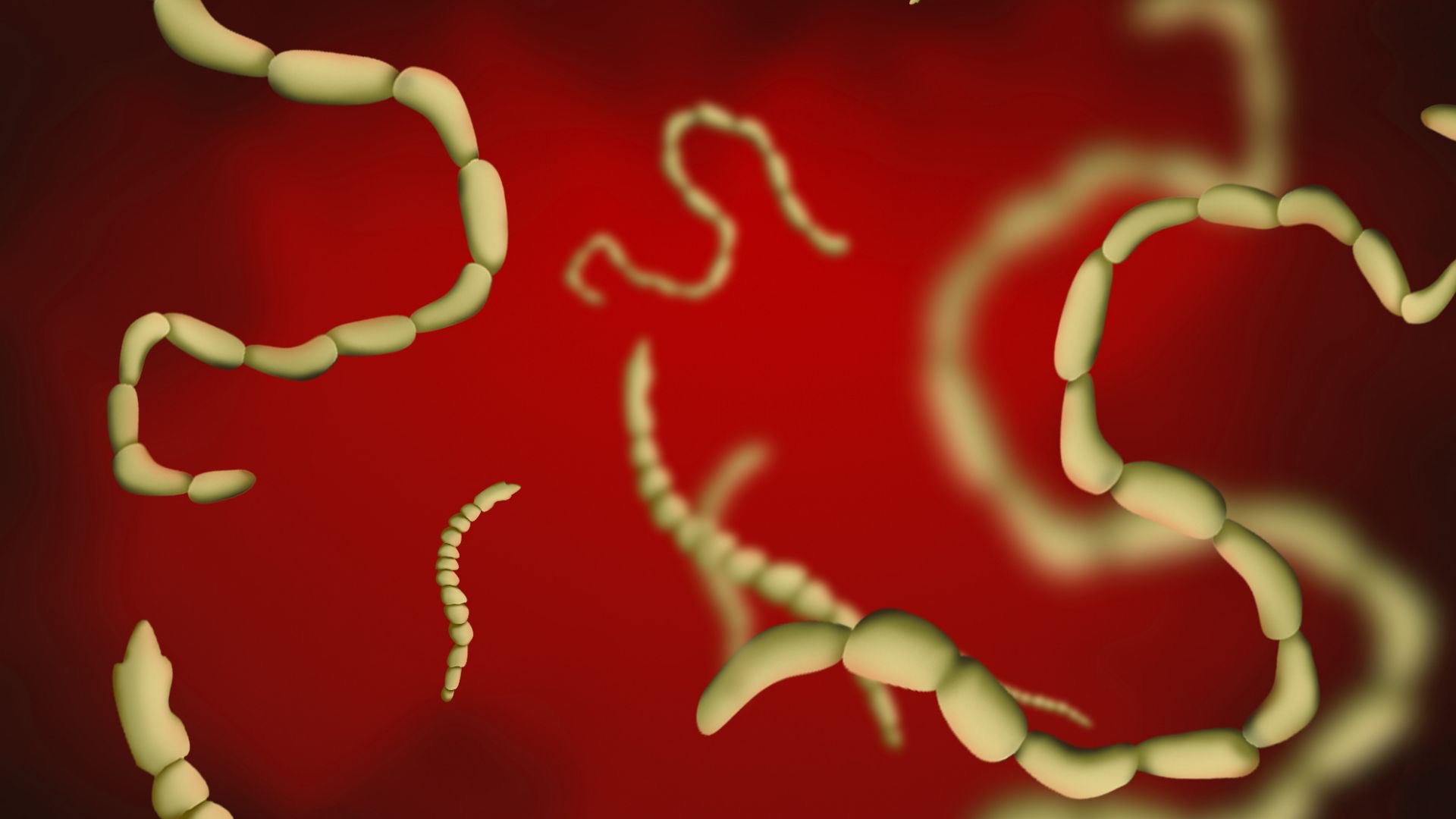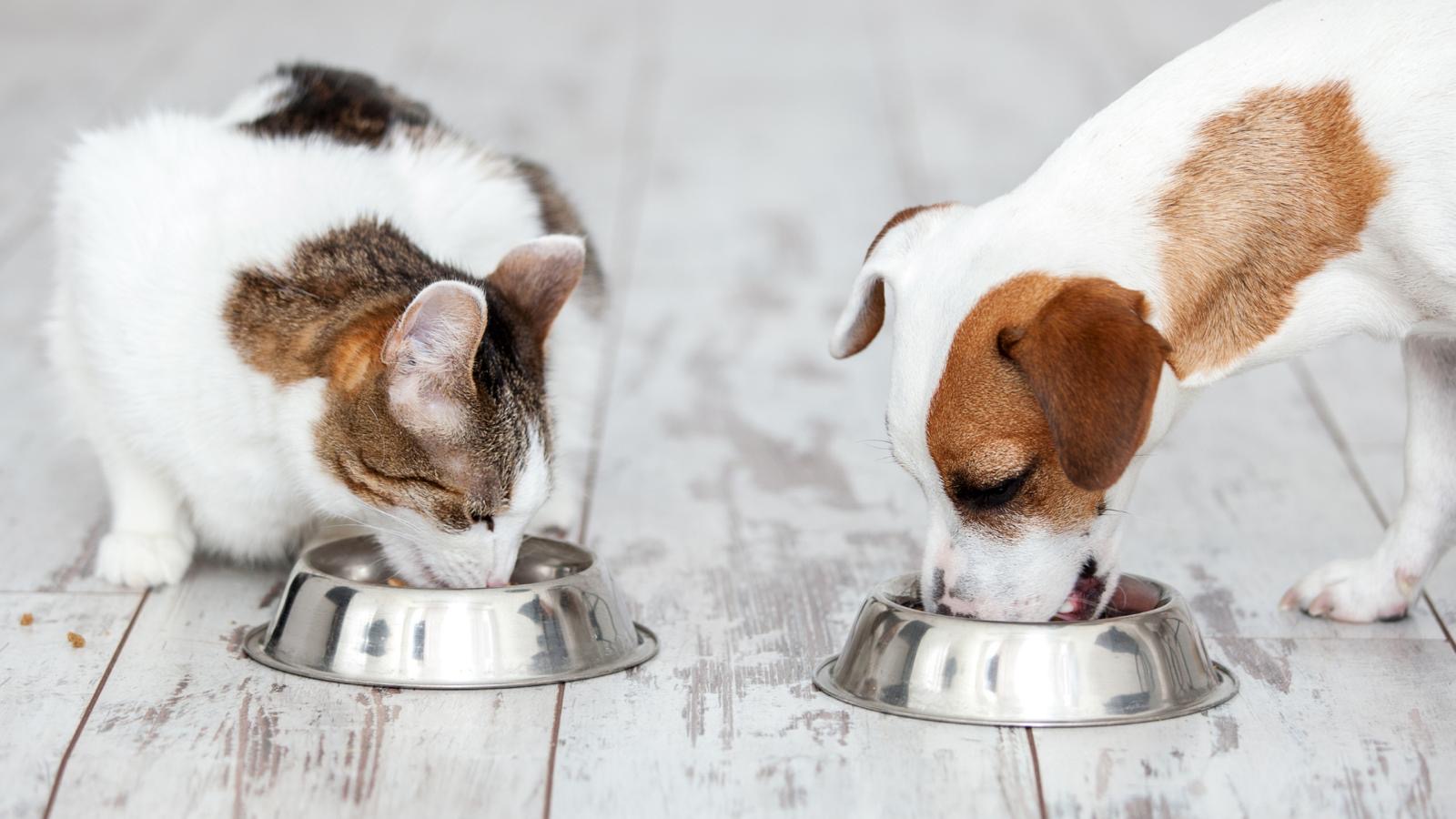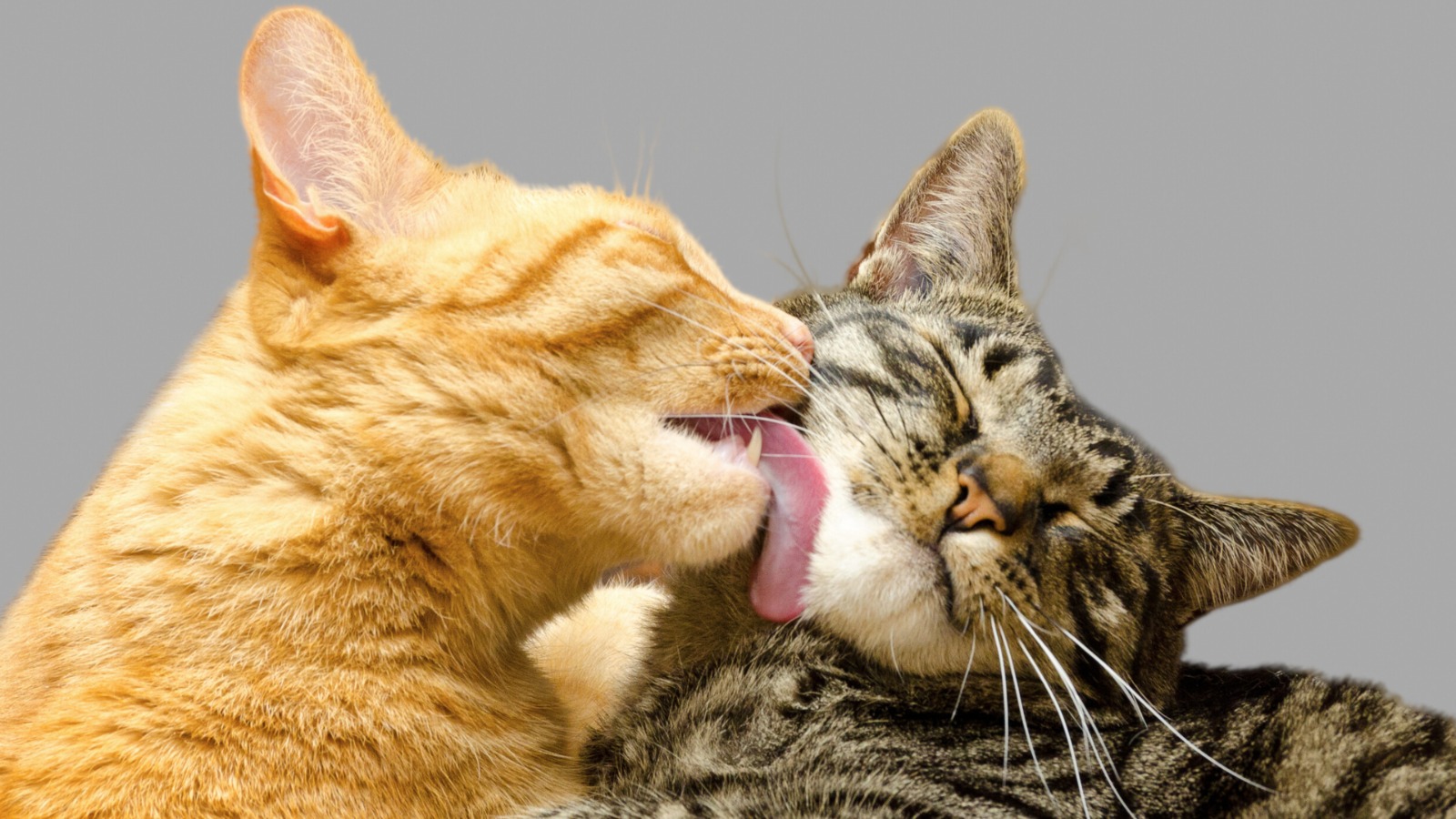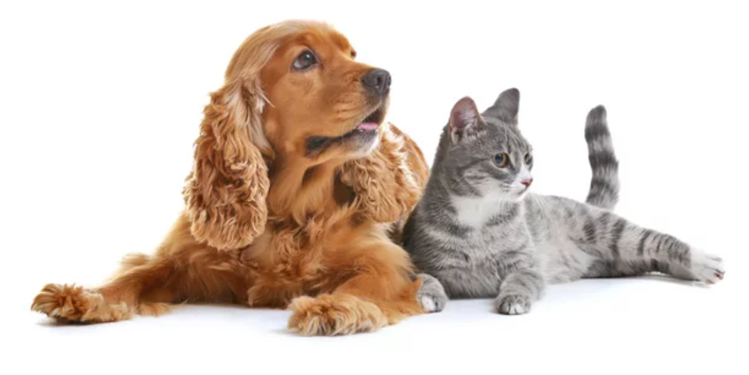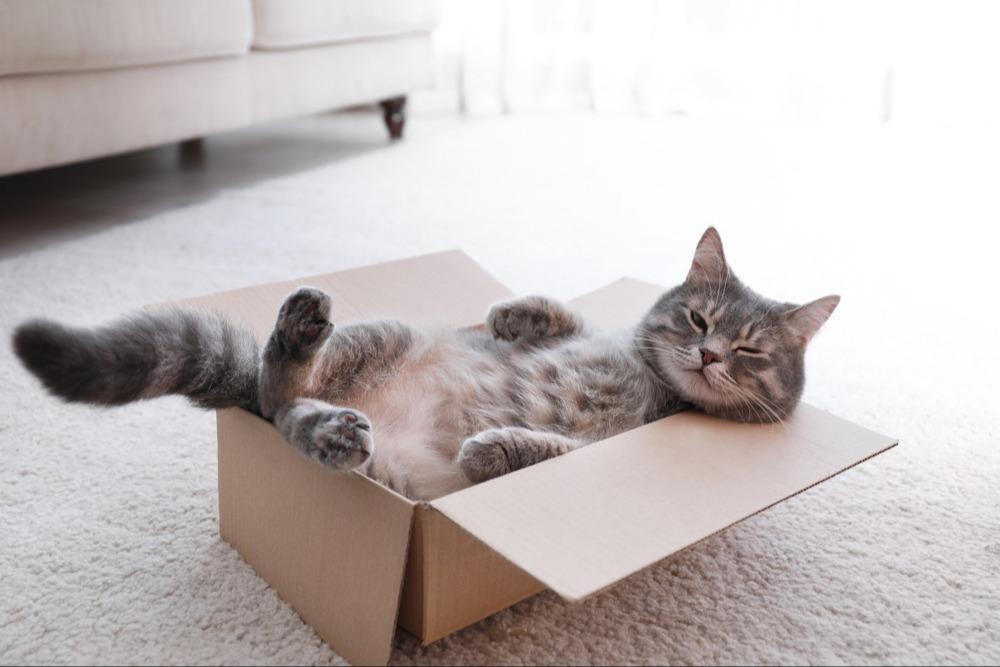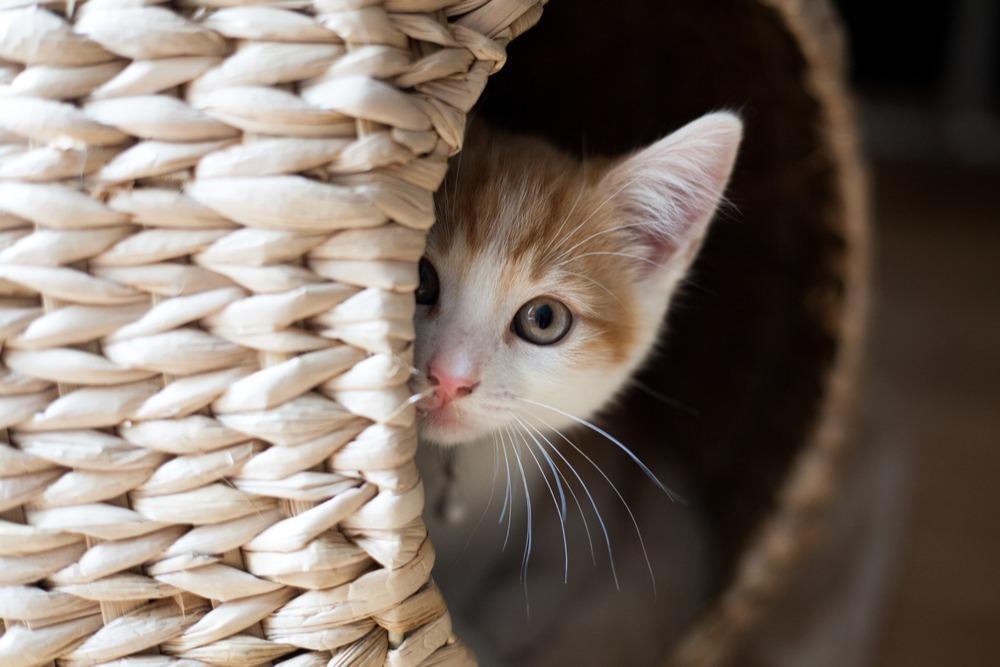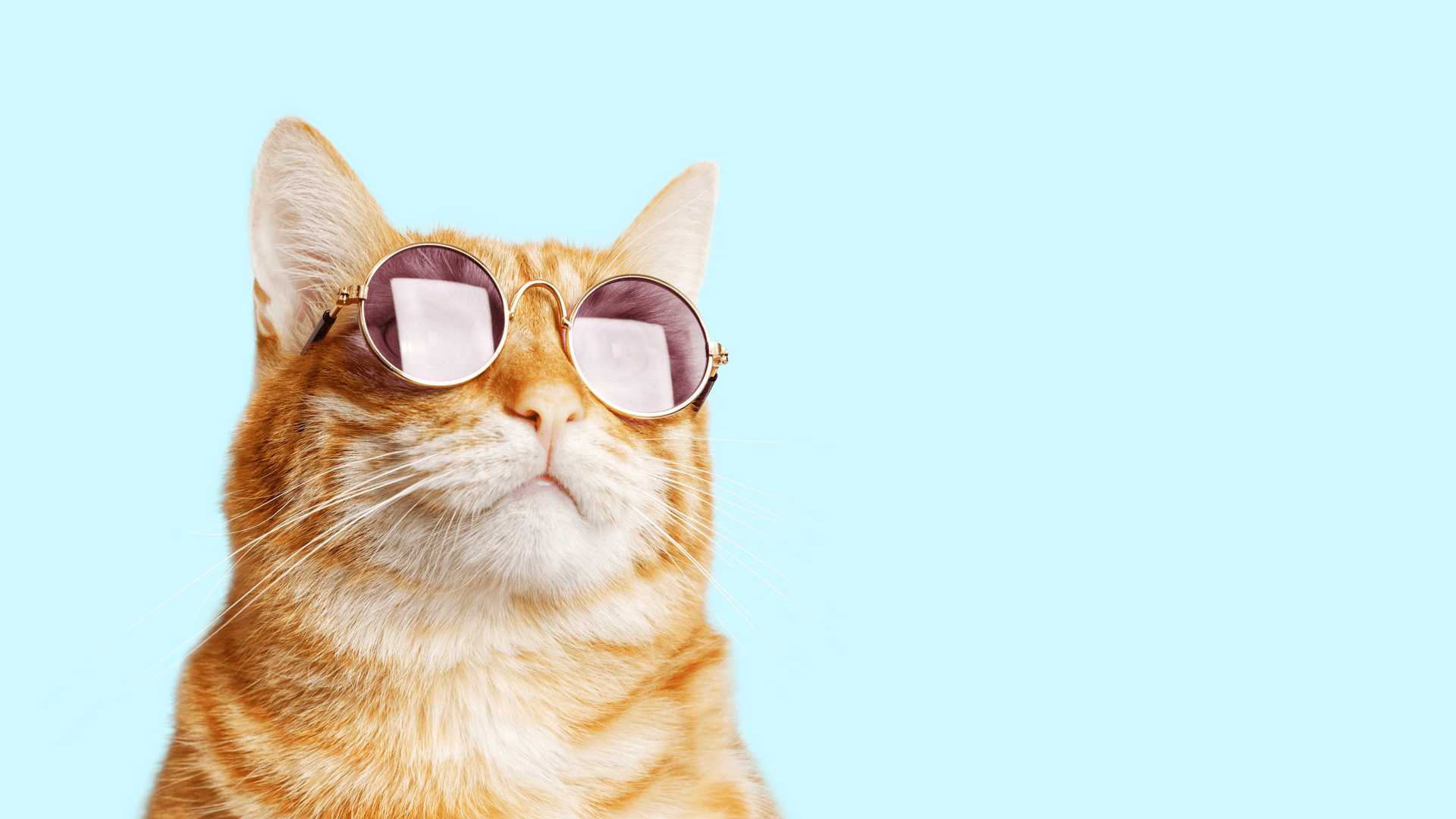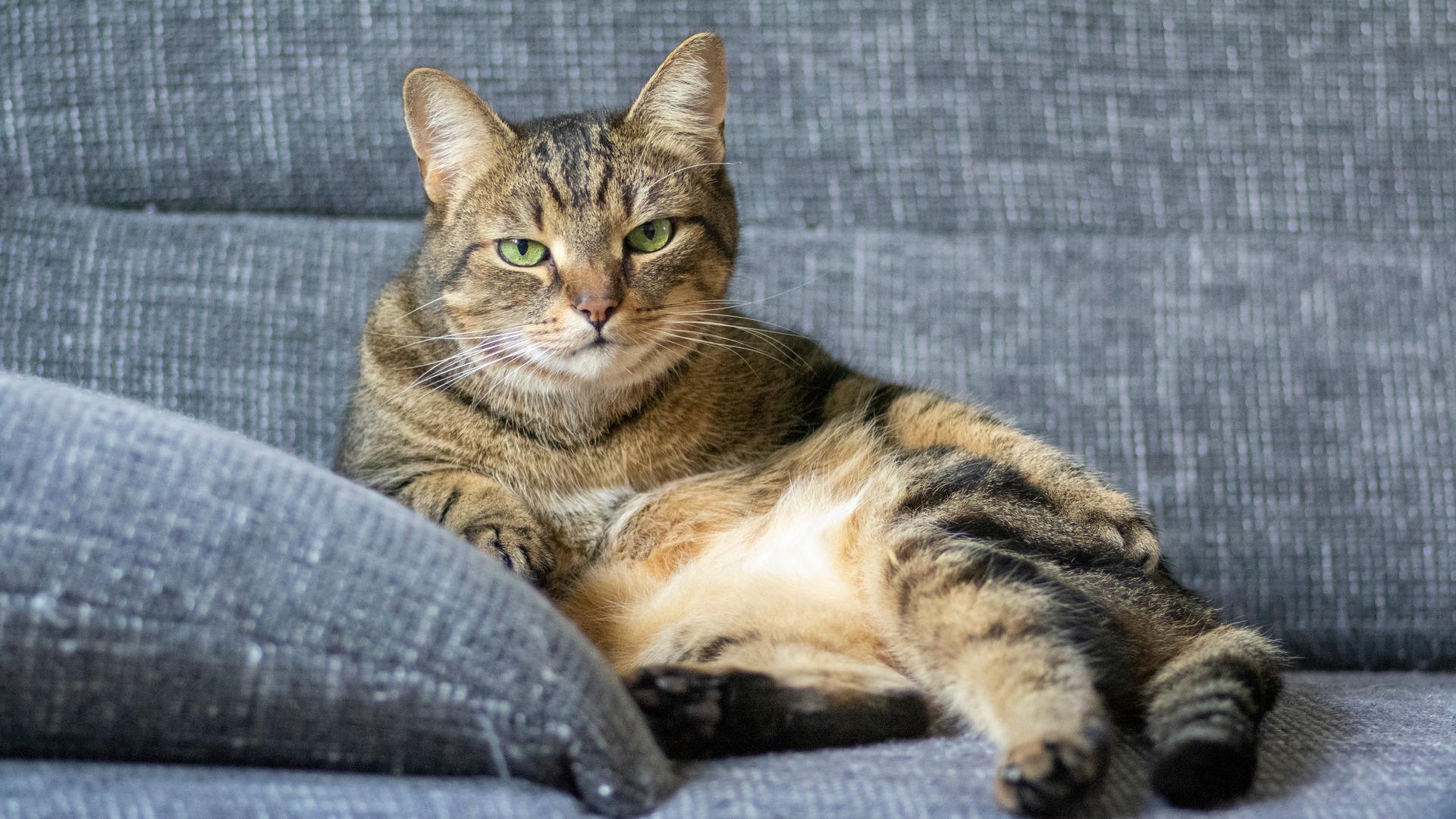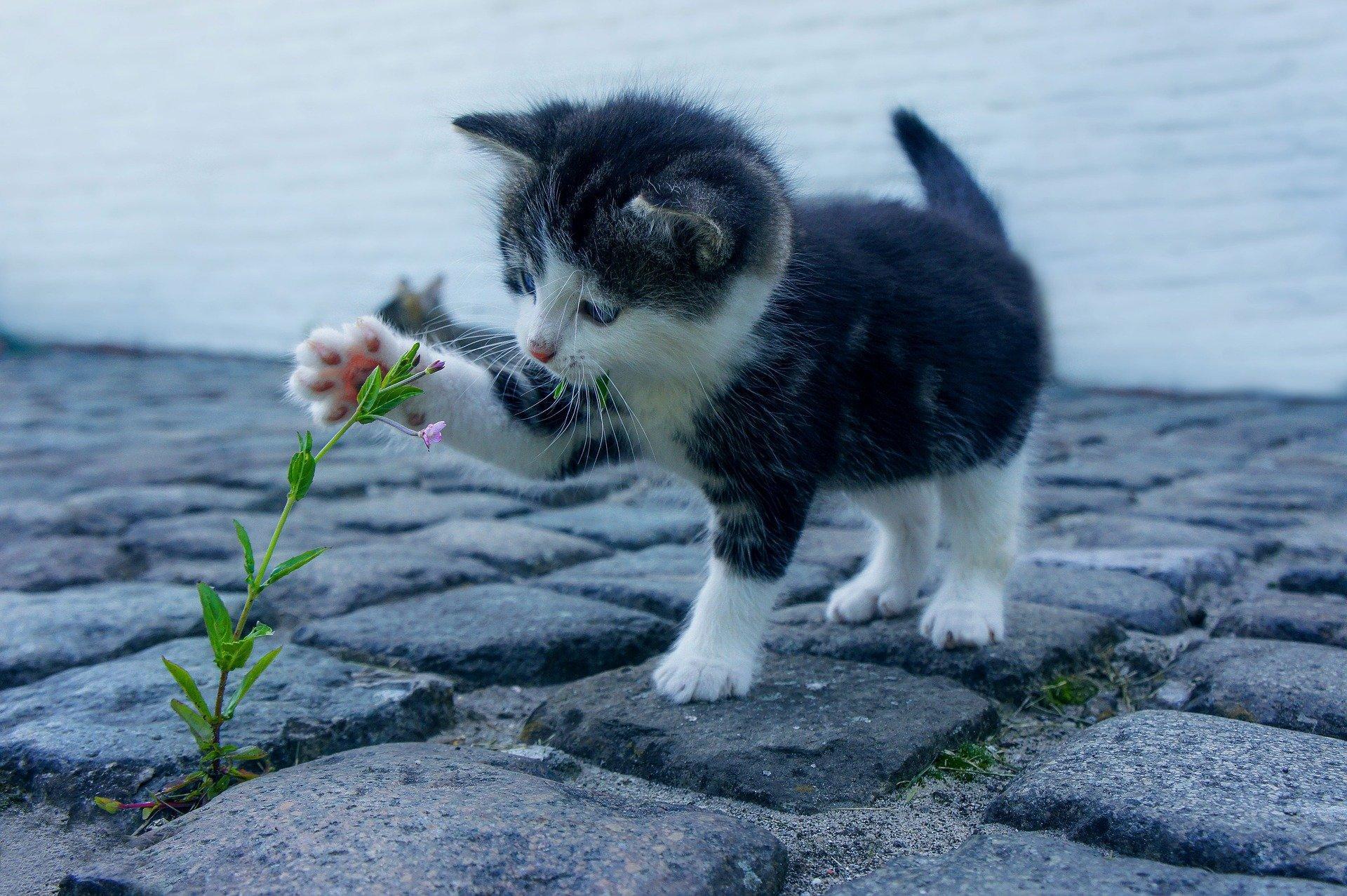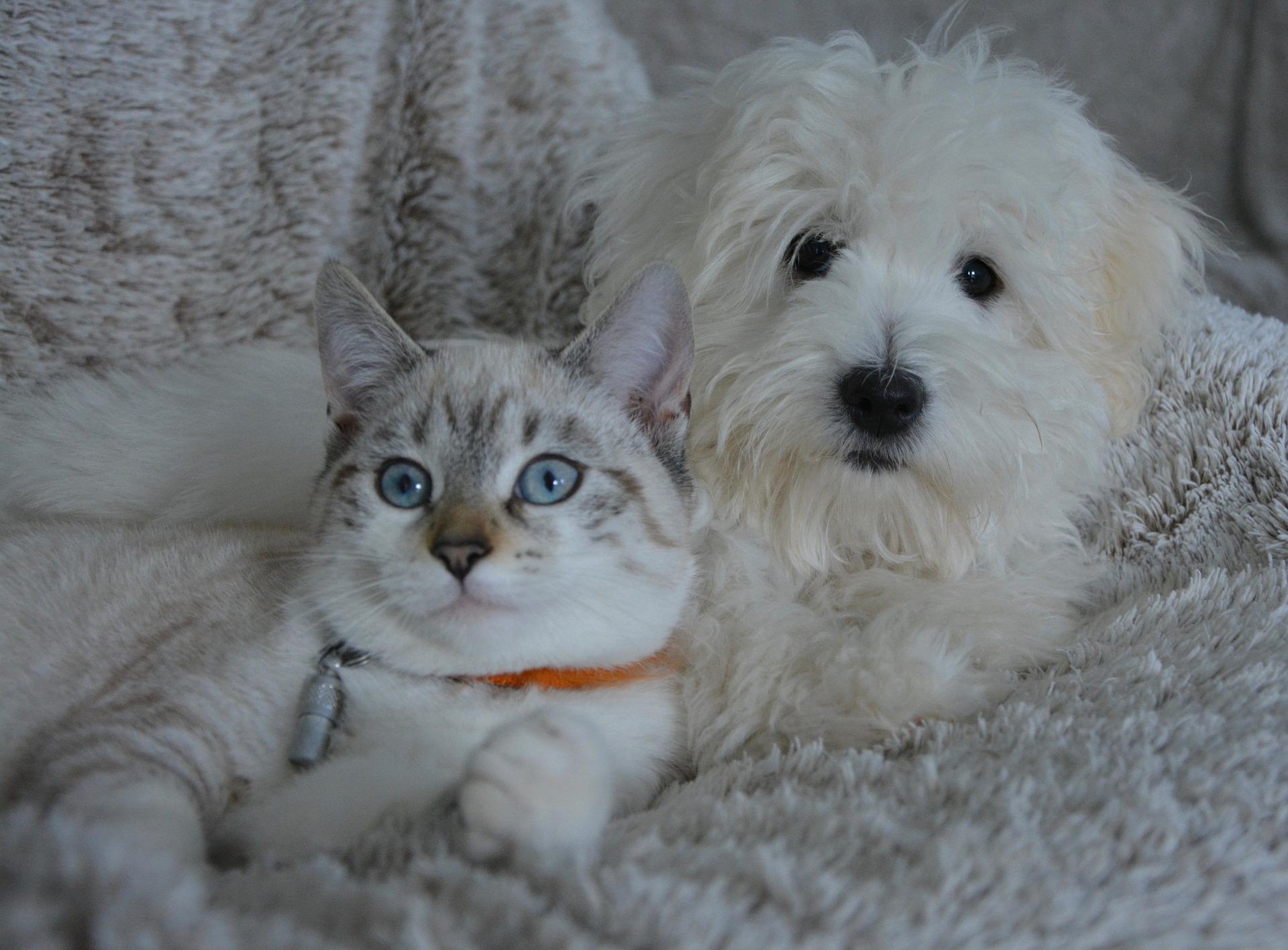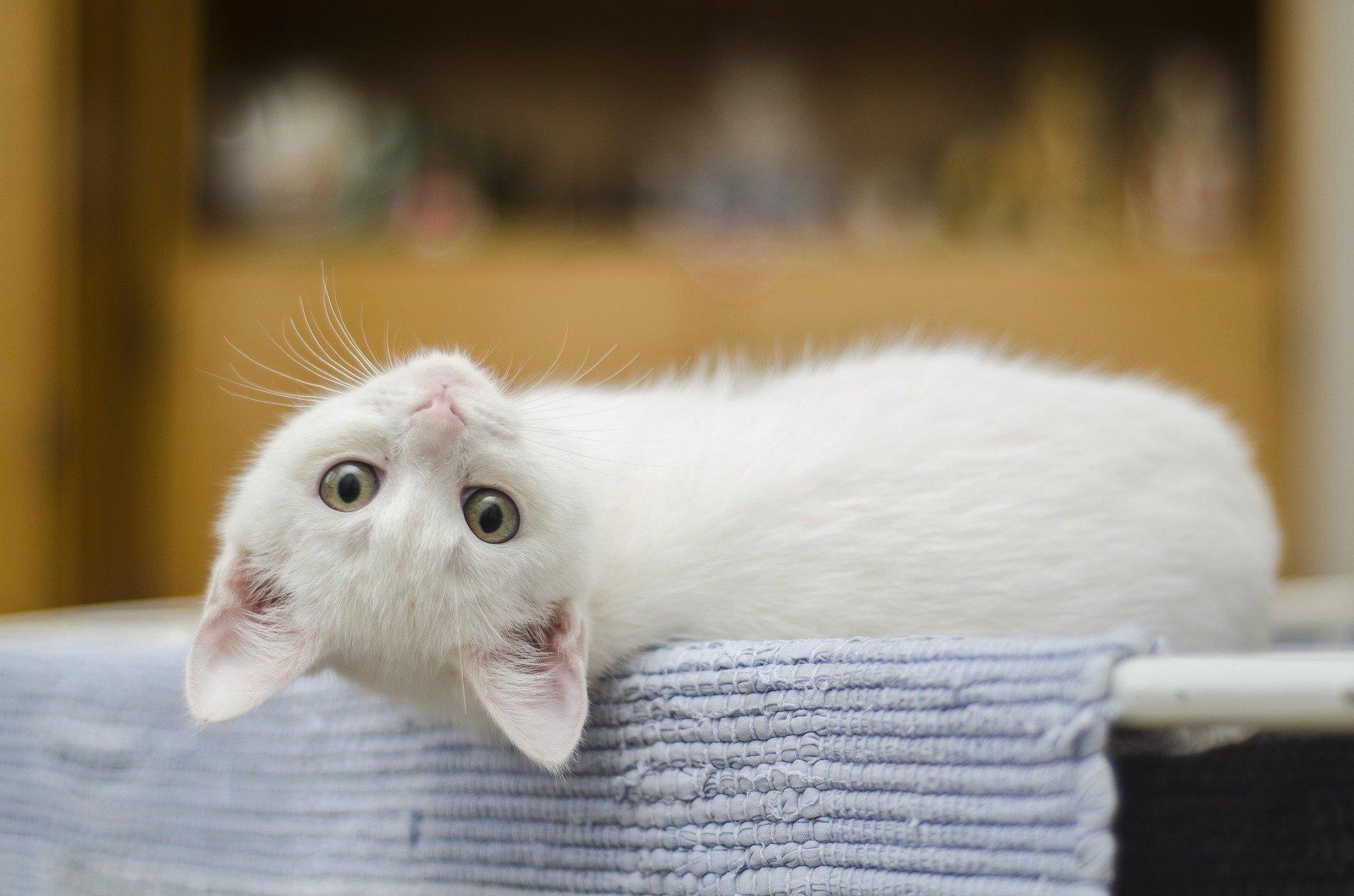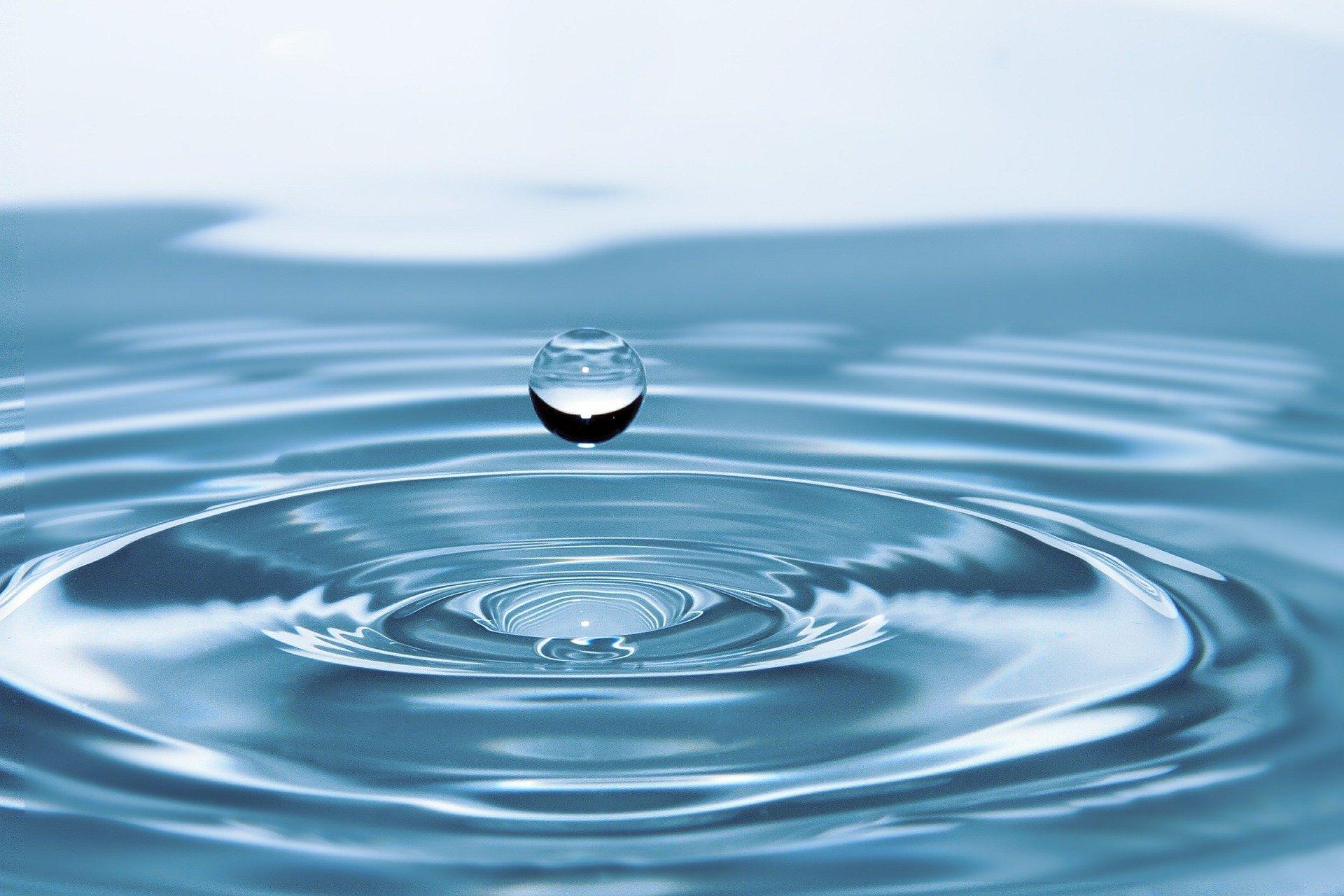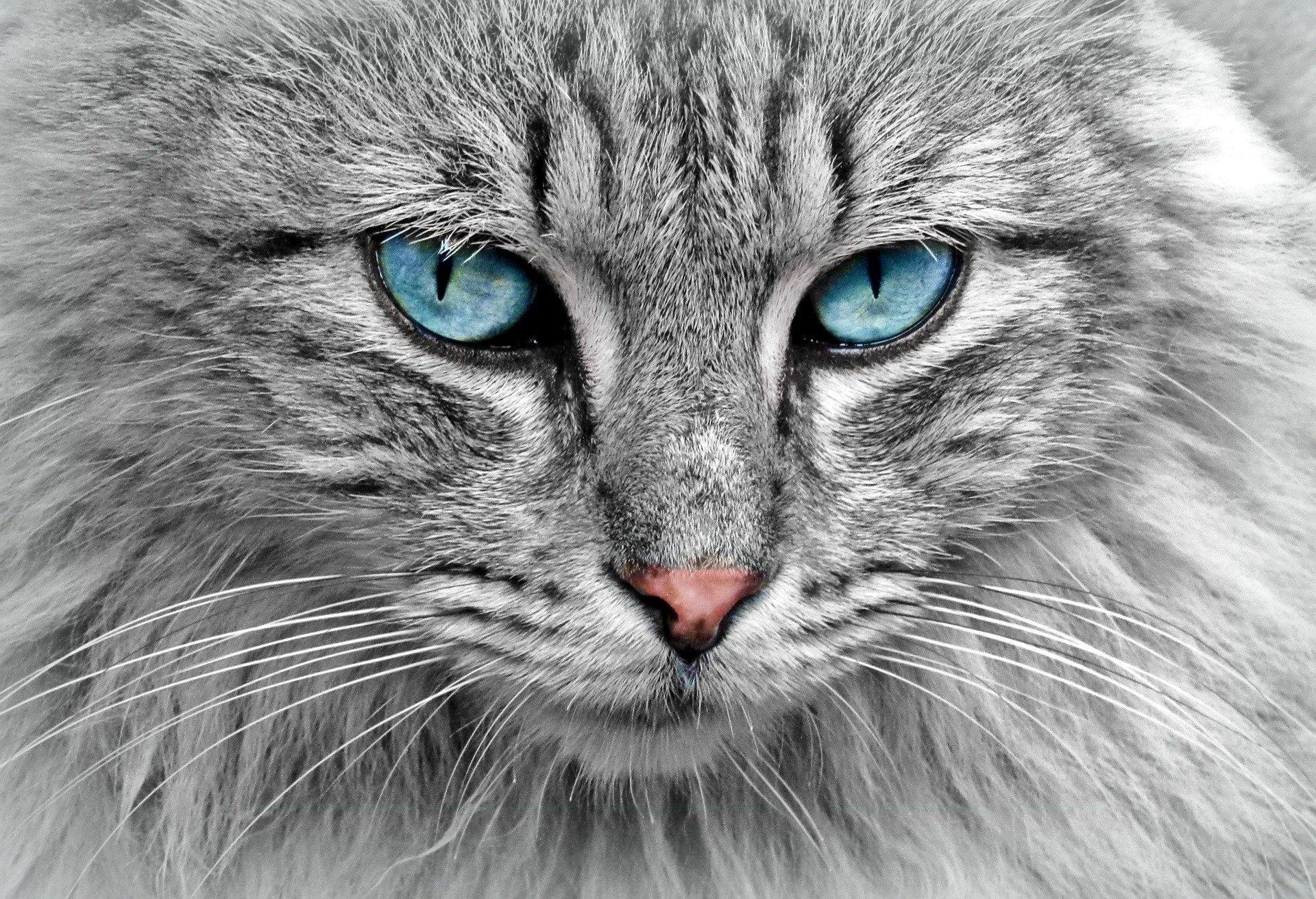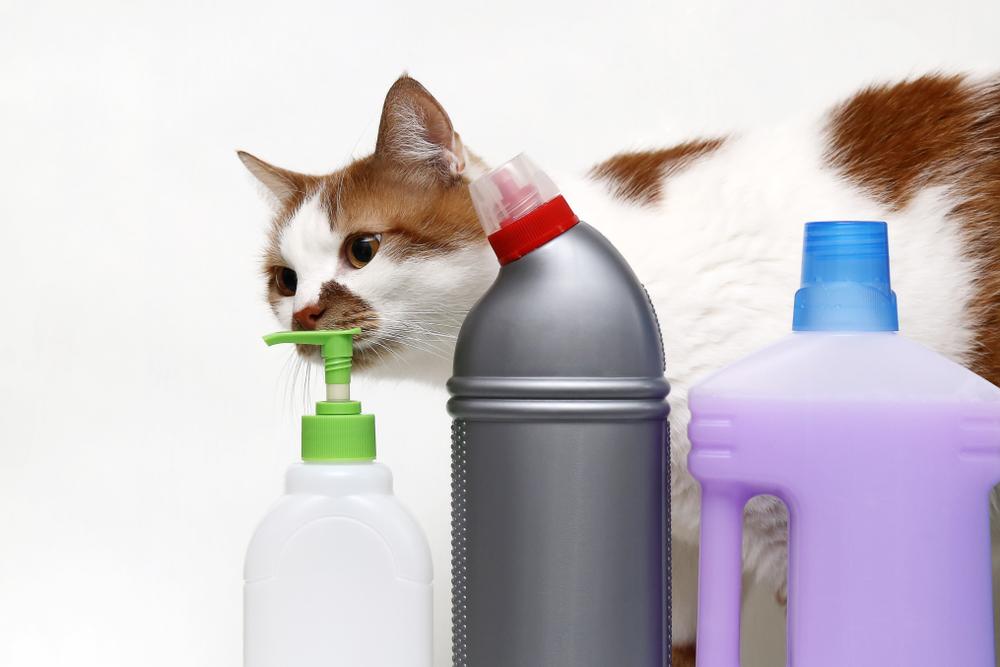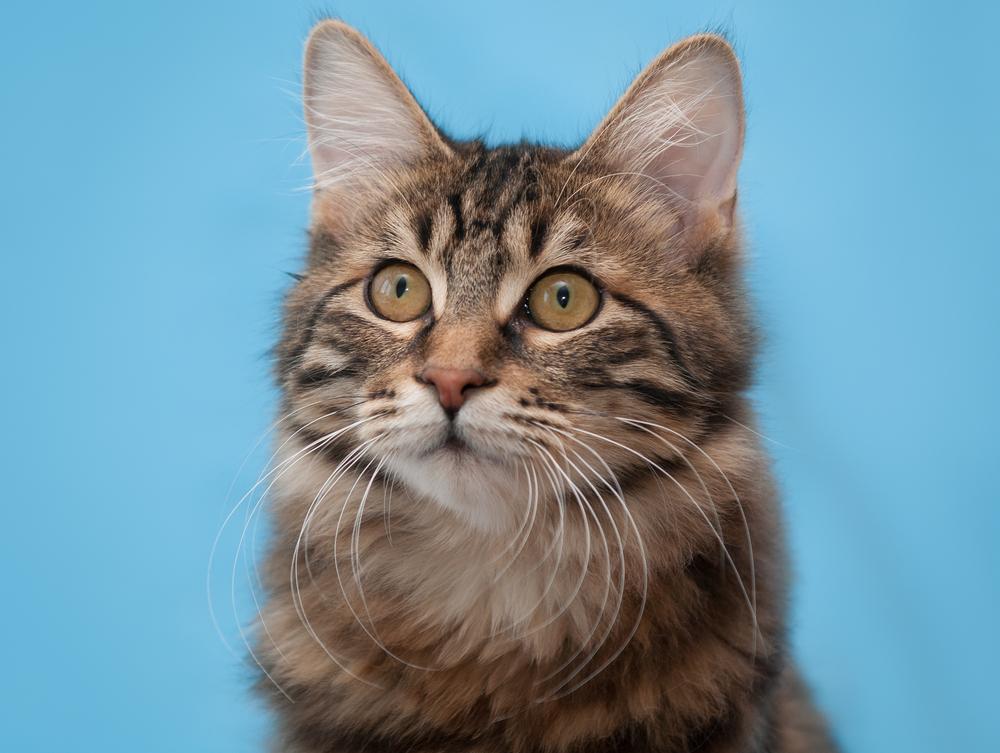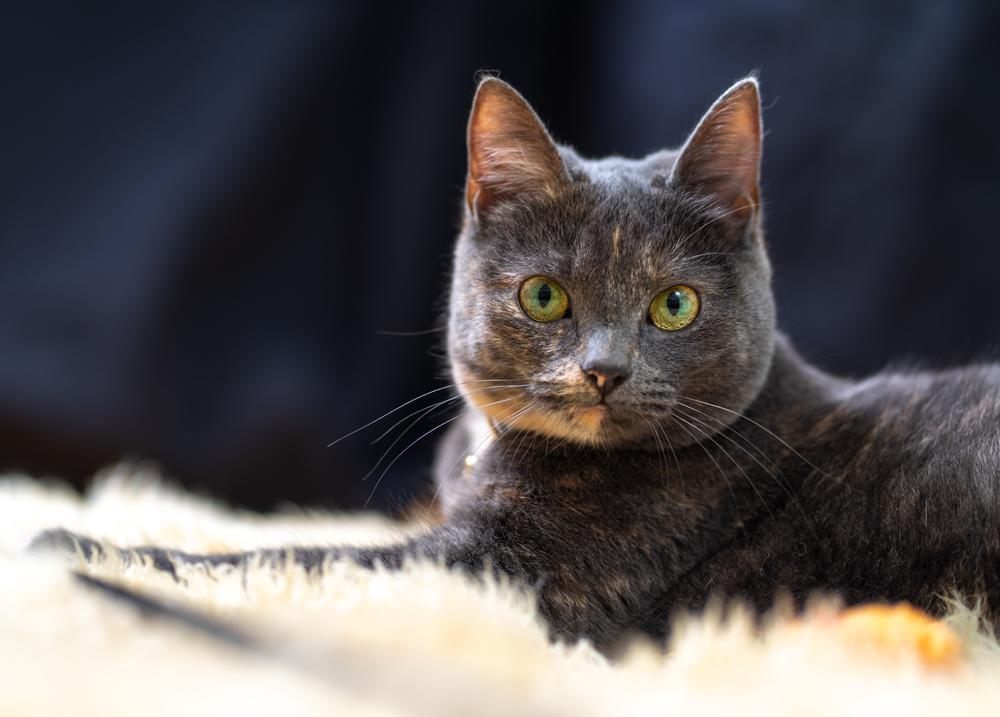It turns out September is Happy Cat Month. Now, if you’re like us here at My Pet Nutritionist, we sometimes get a little lost if certain appreciation days are National or International, but either way, what better time to share some of our top tips for keeping your feline friend both happy and healthy?
1) Species Appropriate Diet
Cats have evolved as hunters that consume prey containing high amounts of protein, moderate amounts of fat, and minimal amounts of carbohydrates.
The cat has seemingly evolved as a strict or obligate carnivore; meaning they nutrients they require are found in animal tissue. As such, the consensus is that there is no current nutritional basis for energy to be supplied by carbohydrates; providing other nutrients are being supplied. There is also evidence that there is limited amylase activity in the pancreas and small intestine (even compared to dogs), which may explain why some cats will not tolerate high starch diets.
The fact that cats are also defined as hypercarnivores (small carnivorous mammal with a proportionally large brain) indicates they have a high brain glucose demand. This high demand simply could not be met by carbohydrates present in a natural prey diet; and so, cats therefore have a higher rate of gluconeogenesis (the production of glucose from non-carbohydrate sources).
It is considered that due to the limited intestinal enzyme capacity, consumption of excessive amounts of digestible carbohydrates will not lead to glucose absorption, but rather a substrate for increased microbial fermentation, causing gastrointestinal adverse effects.
In similar tests to dogs, cats are able to target their nutrient intake. When given the choice, they will specifically aim for a high intake of protein. In times of low protein, they will opt for an increased fat intake to achieve balance. When carbohydrate intake was high, this limited intake of other nutrients and resulted in deficits – for that reason, a carbohydrate ceiling is proposed for the cat.
Findings Here
2) Limit Toxin Exposure
Whenever the body is exposed to something, it must do something with it. In the case of toxic substances, it must make it less toxic, hence the word detoxification (de=remove or reverse).
Detoxification pathways fall into three phases. The first two phases are concerned with breaking down the toxin in the body, and phase three is concerned with excreting it. For us to manage ours and our cat’s toxic load, all three phases need to be working optimally.
Phase one is particularly nutrient demanding, and it produces a lot of reactive oxygen species in the process (those cheeky things that result in oxidative damage which destroys and damages cells). Phase two is also nutrient demanding, but drafts in many different processes depending on the compounds being detoxified.
Phase three deals with getting rid of them once and for all, and occurs in the gut, skin, liver and kidneys. So, it stands to reason that optimal organ function is helpful here.
The issue is that the cat is playing catch up. They aren’t as efficient at these processes as other species, like us, and when we are increasing toxin burden year on year, it becomes problematic. They have even demonstrated a total inactivation of certain genes responsible for certain phenol detoxification.
So, whilst limited toxin exposure is important for us all, it’s even more important for our cats.
Where possible, limit exposure to:
- Plastics
- Mould
- Smoke
- Air pollution
- Heavy metals
- VOCs – air fresheners, cleaning products, fabric softeners
The Struggle of The Cat in Our Toxic World
Is Your Toxic Home Affecting Your Pet
3) Offer Fresh Filtered Water
Cats don’t naturally have a thirst drive, they evolved to survive in hot, desert climates. But when they have access to their natural diet, a large percentage of that would contain moisture. Dry food increases thirst behaviour: this is demonstrated in dog studies time and time again, but there is still a mismatch between the cat’s evolutionary thirst (or lack thereof) and the moisture in their diet.
Water is possibly the single most important nutrient for the body.
1) It functions as a solvent that facilitates reactions and also transports nutrients around the body.
2) Water is able to absorb heat from the processes occurring in the body, without the overall body temperature changing too much.
3) It further contributes to temperature regulation by transporting heat away from working organs through the blood.
4) Water is crucial in the digestive process; it is a key player in hydrolysis, which is the splitting of larger molecules into smaller molecules (through the addition of water).
5) The kidneys also use large quantities of water when eliminating waste.
A high moisture diet is beneficial to the cat to ensure they are hydrated, but fresh filtered water should also be offered. As in point two, toxin exposure should be limited and even in the most developed countries there is contamination. Chlorine, heavy metals, plastic fibres and pharmaceutical compounds are regularly found in tested tap water, which all pose risks to our feline friends.
The Importance of Water
4) Let them Hide!
Cats get stressed. There is no denying that. But they are often a little more subtle in their anxieties than other animals.
As in humans, cats will have the same response to stress. They may choose to fight, flight, or freeze.
When they fight, they become aggressive and defensive. Flight will see them withdrawing from the threat and perhaps running away. When cats freeze, they crouch, lie still, and try to avoid any attention.
There is a ladder of response in most animals, and this is no different in cats. They will often show subtle signs of discomfort or stress. If the trigger doesn’t disappear, the behaviours will progress. You may start with the flat ears, then the pupils will dilate. You may have a low growl or a silent hiss. Them running off or lashing out with their teeth and claws may be a few steps up the ladder.
For some cats, there are triggers which they can’t easily escape from. The most common is a multi-pet home. It is well-established that those cats exposed to dogs report higher stress-hormone levels in their urine. However, some cats have incredible relationships with resident dogs. Generally, if the cat is the first to arrive in the home, the cat-dog relationship will be more comfortable, and indoor cats are more likely to live amicably with dogs, than outdoor cats. Interestingly, it is usually the cat that is the driver of any aggressive encounters with dogs. In short, the cat will call the shots on whether the relationship is harmonious or not.
Findings Here
In a multi-cat home, it is much the same. Some cats cohabit perfectly well, but others may not. Strained relationships can result in excessive grooming, indoor soiling, spraying and even urinary retention, commonly resulting in conditions like cystitis. Cats may also self-soothe by way of sleeping and eating, so they may start to gain unnecessary weight.
One of the ways to help our cats escape or recover in times of stress, is to allow them to hide.
In shelter environments, cats have noted huge reductions in stress-related behaviours in less than 10 days, when they have been allowed to hide. It also didn’t affect their ability to be rehomed.
In short, those cats allowed to hide were less-stressed, more eager to approach strangers and more active.
Findings Here
Cats can hide in:
- Beds
- Boxes
- Under tables
- Under human beds
- In wardrobes
Ensure they are safe spaces, and if you are dealing with a particularly anxious cat, set up plenty of hiding opportunities for them.
5) Keep An Ideal Body Score
It is thought that over 53% of cats in the UK are obese – yet if you speak with any practitioner who works with cats regularly, they would likely say this was an understatement.
There are of course many chronic health issues that can contribute to issues in weight management, but for the large part, portion control along with a species appropriate diet can help tackle any unnecessary adipose tissue.
Being overweight increases the risk factors for developing:
- Cancer
- Diabetes
- Heart disease
- Osteoarthritis and degeneration of joints
- Urinary bladder stones
- Surgery complications
- Respiratory difficulties
- Kidney disease
Not surprisingly, it also significantly reduces life span.
There are a few questions to ask if you are tackling obesity in your cat:
How much are you feeding? Do you feed your cat every time they meow? Do they visit Mrs Jones across the stress and get an extra bowl of food? Do you have a busy home, and everyone feeds the cat whenever they start meowing?
What are you feeding? High starch diets are associated with obesity in pets.
Do you know what a healthy cat looks like? Or are we getting used to seeing obese pets and thinking it’s normal?
But the most important question,
do you want your pet to live as long as possible, but healthy with it?
A cat’s ideal body score is 5 on a 9-point scale. Their ribs should be easily felt, with a slight fat covering. There should be a noticeable waist behind the ribs and a slight abdominal tuck. They should not look round from a bird’s eye view.
Portion control is a great place to start, along with assessing what you are feeding and whether it is appropriate. As always if you would like any support with your cat’s diet, then please check out our services.
Consultations
We hope these 5 tips have been helpful.
Thanks for reading,
MPN Team x

